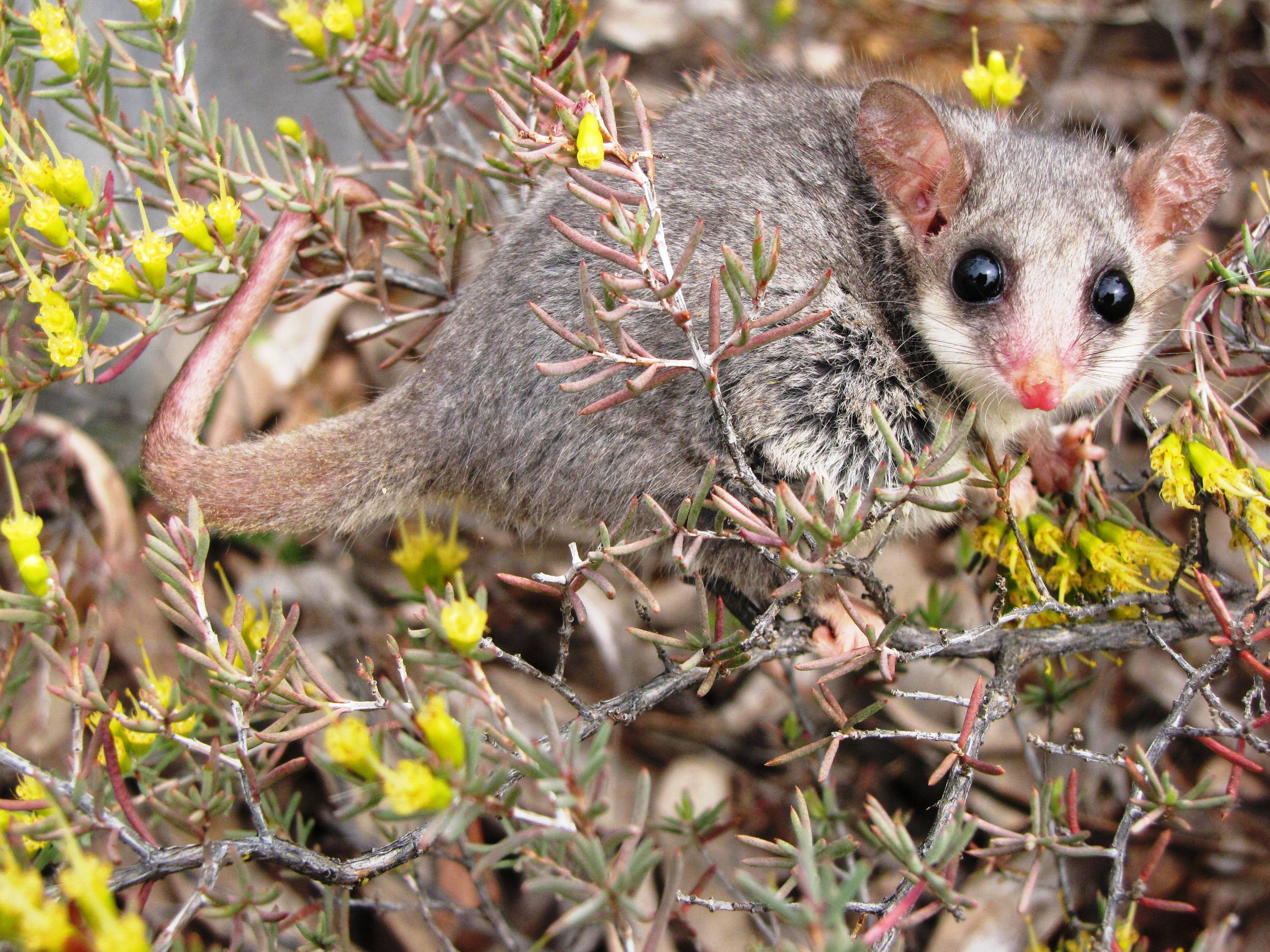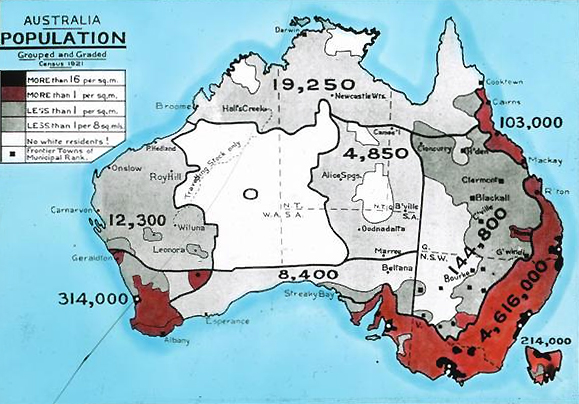|
Noongars
The Noongar (, also spelt Noongah, Nyungar , Nyoongar, Nyoongah, Nyungah, Nyugah, and Yunga ) are Aboriginal Australian peoples who live in the south-west corner of Western Australia, from Geraldton on the west coast to Esperance on the south coast. There are 14 different Noongar groups: Amangu, Ballardong, Yued, Kaneang, Koreng, Mineng, Njakinjaki, Njunga, Pibelmen, Pindjarup, Wadandi, Whadjuk, Wiilman and Wudjari. The Noongar people refer to their land as . The members of the collective Noongar cultural block descend from peoples who spoke several languages and dialects that were often mutually intelligible.; for the Ballardong nys, chungar, label=none; the Yued had two terms, nys, nitin, label=none and nys, chiargar, label=none; the Kaneang spoke of nys, iunja, label=none; the Pindjarup of nys, chinga, label=none; the Koreng of nys, nyituing, label=none; the Mineng of nys, janka, label=none; the Njakinjaki of nys, jennok, label=none, etc. What is now ... [...More Info...] [...Related Items...] OR: [Wikipedia] [Google] [Baidu] |
Whadjuk
Whadjuk, alternatively Witjari, are Noongar (Aboriginal Australian) people of the Western Australian region of the Perth bioregion of the Swan Coastal Plain. Name The ethnonym appears to derive from ''whad'', the Whadjuk word for "no". Country The traditional tribal territory of the Whadjuk, in Norman Tindale's estimate, takes in some of land, from the Swan River, together with its eastern and northern tributaries. Its hinterland extension runs to Mount Helena and a little beyond. It includes Kalamunda on the Darling Scarp and Armadale. It encompasses the Victoria Plains to the north, the area south of Toodyay and reaches eastwards as far as York and a little beyond. Its southern coastal frontier extends to the vicinity of Pinjarra. Their northern neighbours are the Yued, the Balardong people lay to their east, and the Pindjarup on their southern coastal flank. Culture and pre-history The Whadjuk formed part of the Noongar language group, with their own distinctive di ... [...More Info...] [...Related Items...] OR: [Wikipedia] [Google] [Baidu] |
Noongar Language
Noongar (; also Nyungar ) is an Australian Aboriginal language or dialect continuum, spoken by some members of the Noongar community and others. It is taught actively in Australia, including at schools, universities and through public broadcasting. The country of the Noongar people is the southwest corner of Western Australia. Within that region, many Noongar words have been adopted into English, particularly names of plants and animals. Noongar was first recorded in 1801 by Matthew Flinders, who made a number of word lists. Varieties of the Noongar subgroup It is generally agreed that there was no single, standard Noongar (or Nyungar) language before European settlement: it was a subgroup (or possibly a dialect continuum) of closely related languages, whose speakers were differentiated geographically and, in some cases, by cultural practices. The dialects merged into the modern Noongar language following colonisation. A 1990 conference organised by the Nyoongar Language Proje ... [...More Info...] [...Related Items...] OR: [Wikipedia] [Google] [Baidu] |
Nyungar Language
Noongar (; also Nyungar ) is an Australian Aboriginal language or dialect continuum, spoken by some members of the Noongar community and others. It is taught actively in Australia, including at schools, universities and through public broadcasting. The country of the Noongar people is the southwest corner of Western Australia. Within that region, many Noongar words have been adopted into English, particularly names of plants and animals. Noongar was first recorded in 1801 by Matthew Flinders, who made a number of word lists. Varieties of the Noongar subgroup It is generally agreed that there was no single, standard Noongar (or Nyungar) language before European settlement: it was a subgroup (or possibly a dialect continuum) of closely related languages, whose speakers were differentiated geographically and, in some cases, by cultural practices. The dialects merged into the modern Noongar language following colonisation. A 1990 conference organised by the Nyoongar Language Proje ... [...More Info...] [...Related Items...] OR: [Wikipedia] [Google] [Baidu] |
Acacia
''Acacia'', commonly known as the wattles or acacias, is a large genus of shrubs and trees in the subfamily Mimosoideae of the pea family Fabaceae. Initially, it comprised a group of plant species native to Africa and Australasia. The genus name is New Latin, borrowed from the Greek (), a term used by Dioscorides for a preparation extracted from the leaves and fruit pods of ''Vachellia nilotica'', the original type of the genus. In his ''Pinax'' (1623), Gaspard Bauhin mentioned the Greek from Dioscorides as the origin of the Latin name. In the early 2000s it had become evident that the genus as it stood was not monophyletic and that several divergent lineages needed to be placed in separate genera. It turned out that one lineage comprising over 900 species mainly native to Australia, New Guinea, and Indonesia was not closely related to the much smaller group of African lineage that contained ''A. nilotica''—the type species. This meant that the Australasian lineage (by ... [...More Info...] [...Related Items...] OR: [Wikipedia] [Google] [Baidu] |
Bush Tucker
Bush tucker, also called bush food, is any food native to Australia and used as sustenance by Indigenous Australians, the Aboriginal and Torres Strait Islander peoples, but it can also describe any native flora or fauna used for culinary or medicinal purposes, regardless of the continent or culture. Animal native foods include kangaroo, emu, witchetty grubs and crocodile, and plant foods include fruits such as quandong, kutjera, spices such as lemon myrtle and vegetables such as warrigal greens and various native yams. Traditional Indigenous Australians' use of bushfoods has been severely affected by the settlement of Australia in 1788 and subsequent settlement by non-Indigenous peoples. The introduction of non-native foods, together with the loss of traditional lands, resulting in reduced access to native foods by Aboriginal people, and destruction of native habitat for agriculture, has accentuated the reduction in use. Since the 1970s, there has been recognition of the n ... [...More Info...] [...Related Items...] OR: [Wikipedia] [Google] [Baidu] |
Phalangeriformes
Phalangeriformes is a paraphyletic suborder of about 70 species of small to medium-sized arboreal marsupials native to Australia, New Guinea, and Sulawesi. The species are commonly known as possums, gliders, and cuscus. The common name "possum" for various Phalangeriformes species derives from the creatures' resemblance to the opossums of the Americas (the term comes from Powhatan language ''aposoum'' "white animal", from Proto-Algonquian *''wa·p-aʔɬemwa'' "white dog"). However, although opossums are also marsupials, Australasian possums are more closely related to other Australasian marsupials such as kangaroos. Phalangeriformes are quadrupedal diprotodont marsupials with long tails. The smallest species, indeed the smallest diprotodont marsupial, is the Tasmanian pygmy possum, with an adult head-body length of and a weight of . The largest are the two species of bear cuscus, which may exceed . Phalangeriformes species are typically nocturnal and at least partially arbo ... [...More Info...] [...Related Items...] OR: [Wikipedia] [Google] [Baidu] |
Season
A season is a division of the year based on changes in weather, ecology, and the number of daylight hours in a given region. On Earth, seasons are the result of the axial parallelism of Earth's tilted orbit around the Sun. In temperate and polar regions, the seasons are marked by changes in the intensity of sunlight that reaches the Earth's surface, variations of which may cause animals to undergo hibernation or to migrate, and plants to be dormant. Various cultures define the number and nature of seasons based on regional variations, and as such there are a number of both modern and historical cultures whose number of seasons varies. The Northern Hemisphere experiences most direct sunlight during May, June, and July, as the hemisphere faces the Sun. The same is true of the Southern Hemisphere in November, December, and January. It is Earth's axial tilt that causes the Sun to be higher in the sky during the summer months, which increases the solar flux. However, due to seas ... [...More Info...] [...Related Items...] OR: [Wikipedia] [Google] [Baidu] |
Endonym
An endonym (from Greek: , 'inner' + , 'name'; also known as autonym) is a common, ''native'' name for a geographical place, group of people, individual person, language or dialect, meaning that it is used inside that particular place, group, or linguistic community in question; it is their self-designated name for themselves, their homeland, or their language. An exonym (from Greek: , 'outer' + , 'name'; also known as xenonym) is an established, ''non-native'' name for a geographical place, group of people, individual person, language or dialect, meaning that it is used only outside that particular place, group, or linguistic community. Exonyms exist not only for historico-geographical reasons but also in consideration of difficulties when pronouncing foreign words. For instance, is the endonym for the country that is also known by the exonym ''Germany'' in English, in Spanish and in French. Naming and etymology The terms ''autonym'', ''endonym'', ''exonym'' and '' ... [...More Info...] [...Related Items...] OR: [Wikipedia] [Google] [Baidu] |
Census In Australia
The Census in Australia, officially the Census of Population and Housing, is the national census in Australia that occurs every five years. The census collects key demographic, social and economic data from all people in Australia on census night, including overseas visitors and residents of Australian external territories, only excluding foreign diplomats. The census is the largest and most significant statistical event in Australia and is run by the Australian Bureau of Statistics (ABS). Every person must complete the census, although some personal questions are not compulsory. The penalty for failing to complete the census after being directed to by the Australian Statistician is one federal penalty unit, or . The ''Australian Bureau of Statistics Act 1975'' and ''Census and Statistics Act 1905'' authorise the ABS to collect, store, and share anonymised data. The most recent census was held on 10 August 2021, with the data planned to be released starting from mid-2022. ... [...More Info...] [...Related Items...] OR: [Wikipedia] [Google] [Baidu] |
Australian Aboriginal English
Australian Aboriginal English (AAE or AbE) is a dialect of English used by a large section of the Indigenous Australian (Aboriginal Australian and Torres Strait Islander) population. It is made up of a number of varieties which developed differently in different parts of Australia, and grammar and pronunciation differs from that of standard Australian English, along a continuum. Some of its words have also been adopted into standard or slang Australian English. General description There are generally distinctive features of accent, grammar, words and meanings, as well as language use in Australian Aboriginal English, compared with Australian English. Pronunciation is one of the fundamental differences: even where the words mean the same thing in both varieties of English, some Aboriginal people pronounce words and letters differently; letters may be overcompensated, left out or substituted. The language is also often accompanied by a lot of non-verbal cues. There exists a conti ... [...More Info...] [...Related Items...] OR: [Wikipedia] [Google] [Baidu] |
Pama–Nyungan Languages
The Pama–Nyungan languages are the most widespread family of Australian Aboriginal languages, containing 306 out of 400 Aboriginal languages in Australia. The name "Pama–Nyungan" is a merism: it derived from the two end-points of the range: the Pama languages of northeast Australia (where the word for "man" is ) and the Nyungan languages of southwest Australia (where the word for "man" is ). The other language families indigenous to the continent of Australia are occasionally referred to, by exclusion, as non-Pama–Nyungan languages, though this is not a taxonomic term. The Pama–Nyungan family accounts for most of the geographic spread, most of the Aboriginal population, and the greatest number of languages. Most of the Pama–Nyungan languages are spoken by small ethnic groups of hundreds of speakers or fewer. The vast majority of languages, either due to disease or elimination of their speakers, have become extinct, and almost all remaining ones are endangered in some ... [...More Info...] [...Related Items...] OR: [Wikipedia] [Google] [Baidu] |






